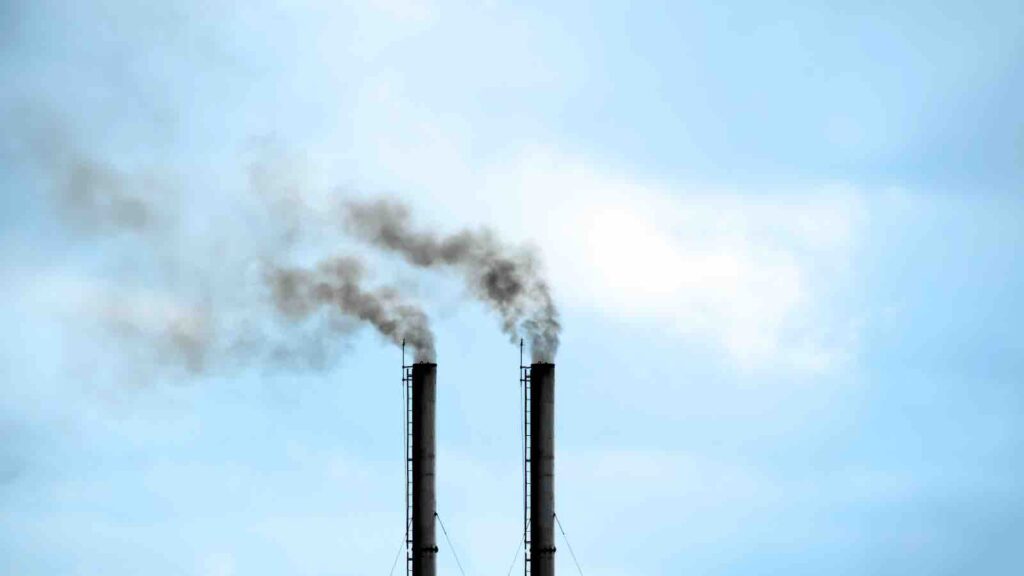With carbon capture, green infrastructure investments, coastal defenses, and circular economy policies, Singapore is laying the groundwork for a more sustainable future.
Singapore is taking a bold step towards its net-zero emissions goal by launching a carbon capture and storage (CCS) pilot project at waste-to-energy plants by 2026. The initiative, announced by Senior Minister of State for Sustainability and Environment Amy Khor during a parliamentary debate, will explore the viability of capturing carbon dioxide (CO₂) emissions before they are released into the atmosphere.
The government is also allocating S$300 million over the next five years to improve the energy efficiency of public sector buildings and test new sustainability solutions—investments that could catalyze green innovation and build expertise in energy-efficient infrastructure across Singapore’s private sector.
RELEVANT SUSTAINABLE GOALS
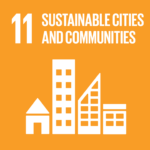
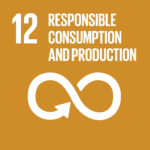
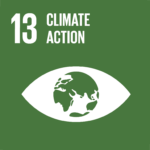
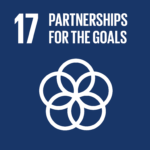
These moves are part of a broader sustainability push that includes stricter environmental requirements for government tenders, stronger energy efficiency standards, sustainable packaging initiatives, and an ambitious coastal protection plan.
Carbon Capture: A Key Step Toward Net-Zero
The carbon capture pilot project at Singapore’s waste-to-energy plants aims to reduce residual emissions by capturing CO₂ before it escapes into the atmosphere. This approach aligns with Singapore’s strategy to decarbonize its industrial sector as part of its broader net-zero commitment by 2050.
While carbon capture technology is still being refined globally, Singapore’s investment in pilot projects and researchcould position the country as a regional leader in emissions reduction solutions.
Beyond carbon capture, Singapore’s government is directing S$300 million towards enhancing energy efficiency in public buildings. This funding will support:
- Infrastructure upgrades to reduce energy consumption.
- Test-bedding innovative green solutions that could be adopted by private-sector buildings.
- Expanding expertise in energy-efficient design and technology, benefitting Singapore’s broader real estate and construction industries.
By scaling these initiatives, the government aims to influence private-sector adoption, accelerating the country’s transition to a low-carbon built environment.
More Stringent Sustainability Rules in Government Tenders
Singapore is also tightening environmental requirements for companies bidding for public-sector contracts:
- From 2025, sustainability credentials will be factored into government tenders for facility management and events.
- Since 2024, 5% of the evaluation criteria for construction and ICT projects has been allocated to environmental sustainability.
These stricter criteria could push businesses to adopt greener practices, reinforcing sustainability across multiple industries.
Starting in April 2026, new industrial buildings must meet minimum energy efficiency standards for chilled water systems. This move:
- Aligns standards across sectors, simplifying regulatory compliance.
- Encourages businesses to cut energy costs, with estimated annual savings of S$63,000 per facility.
- Offers a short payback period (less than two years), making adoption financially viable.
Coastal Protection: A Multi-Billion-Dollar Investment
As a low-lying island nation, Singapore faces rising sea levels due to climate change. The government is launching two new coastal protection studies by 2026, covering:
- Sentosa and its southwest coast, led by the Sentosa Development Corporation.
- Tuas to Pasir Panjang, under the national water agency PUB.
These studies add to six existing site-specific coastal protection plans, including Jurong Island, the Greater Southern Waterfront, and East Coast-Marina Bay.
To finance long-term flood and coastal defenses, Finance Minister Lawrence Wong recently announced an additional S$5 billion to S$10 billion for the Coastal and Flood Protection Fund.
Singapore is also preparing new coastal protection legislation, expected in the second half of the year. This will:
- Define stakeholder responsibilities in protecting coastlines.
- Safeguard land for coastal protection infrastructure.
- Introduce a national design code for coastal resilience, set for release by 2026.
Sustainable Packaging and Circular Economy Initiative
Singapore is addressing plastic waste from e-commerce packaging by supporting voluntary industry guidelinesthrough the National Environment Agency (NEA). These guidelines provide:
- Eco-friendly alternatives for common packaging materials like cardboard, mailers, and fillers.
- Ratings based on environmental impact and cost, helping businesses choose sustainable options.
As part of its push for a circular economy, Singapore is also deploying over 1,000 beverage container return pointsislandwide under the National Environment Agency’s container return scheme. Consumers will pay a 10-cent depositon bottled and canned drinks, which they can reclaim by returning empty containers.
With carbon capture, green infrastructure investments, coastal defenses, and circular economy policies, Singapore is laying the groundwork for a more sustainable future. By leveraging both public and private sector involvement, the country is ensuring that its climate action efforts are financially viable, scalable, and effective.
You may also be interested in :
Singapore Launches Ambitious 100,000 Coral Initiative To Save Marine Reefs


